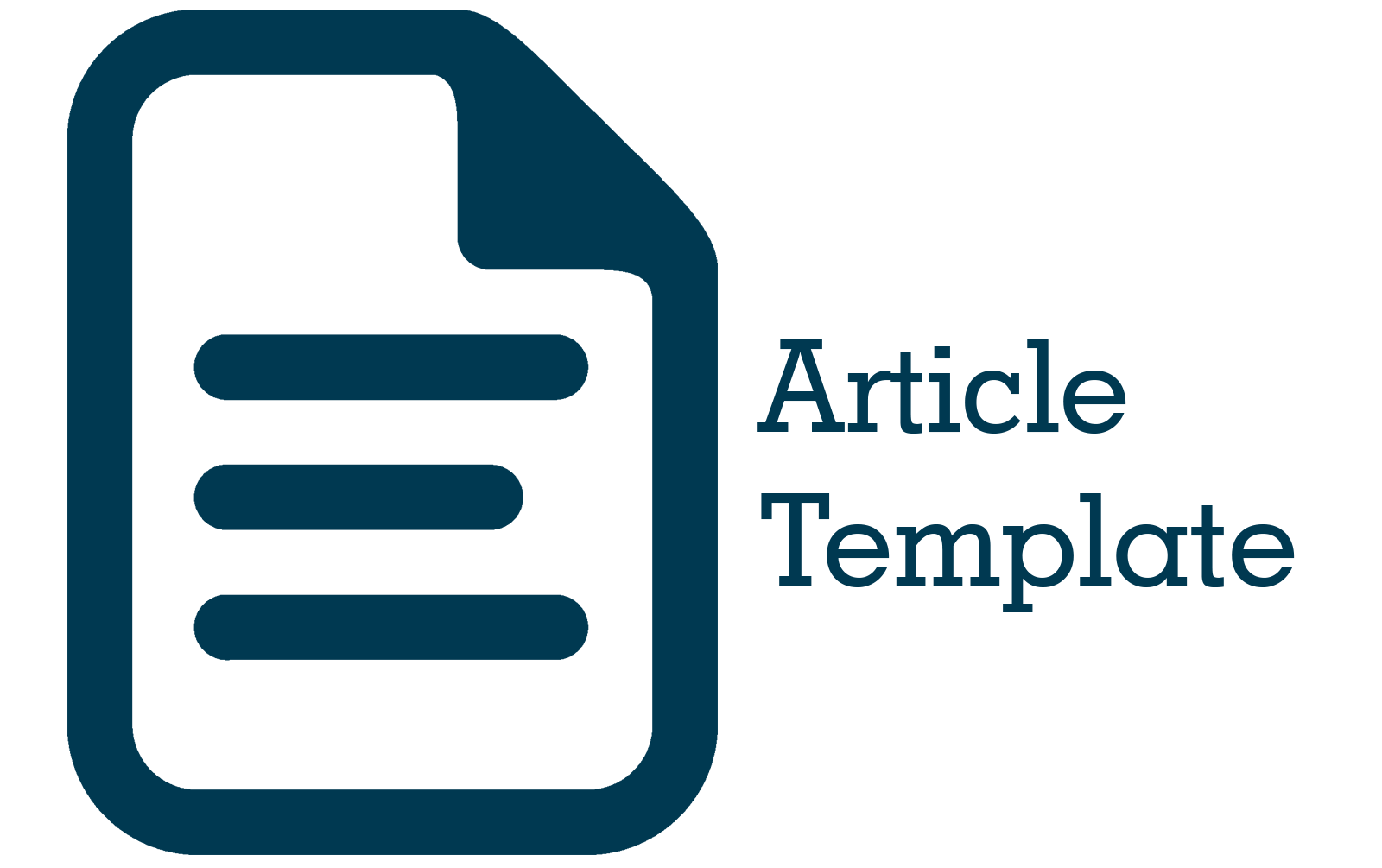Reduksi Pemborosan (Waste) dengan Perbaikan Berkelanjutan menggunakan Pendekatan Lean-Kaizen pada Produksi Kain Carded
Abstract
Abstract. PT Ayoe Indotama Textile (AYOETEX) is a textile company that processes yarn into fabric. Based on the results of observations, there are several activities that are suspected to be waste. This waste can result in delays in product completion time resulting in longer production lead times. Therefore, the Lean-Kaizen approach is used as an effort to reduce waste through two main stages, namely the waste identification stage using the Lean concept and the continuous improvement stage using Kaizen. The tools used in this research are SIPOC Diagram, Value Stream Mapping (VSM), 7 Waste Questionnaire, 5 Why's Analysis, SWCT, and 5S. The results obtained from identifying waste using the 7 Waste Questionnaire show that the types of waste with the highest scores are defects (27%), unnecessary motion (23%), and waiting (18%). The waste is then identified to find out the cause using the 5 Why's analysis, so that proposals for improvement can be determined what is needed. Based on this analysis, sustainable improvement proposals are designed using the Kaizen concept by creating SOPs using the Standardized Work Combination Table and 5S. If the proposed improvements can be implemented well, it is hoped that the Production Lead Time will be shorter to 225,271 seconds (3 days) from the original 314,752 seconds (4 days). Apart from that, the Process Cycle Efficiency (PCE) value has increased from 70.11% to 74.01%.
Abstrak. PT Ayoe Indotama Textile (AYOETEX) merupakan sebuah perusahaan tekstil yang mengolah benang hingga menjadi kain. Berdasarkan hasil observasi terdapat beberapa aktivitas yang diduga merupakan pemborosan (waste). Pemborosan tersebut dapat mengakibatkan keterlambatan dalam waktu penyelesaian produk sehingga lead time produksi lebih lama. Oleh karena itu, digunakan pendekatan Lean-Kaizen sebagai upaya untuk mengurangi pemborosan melalui dua tahapan utama yaitu tahap identifikasi pemborosan dengan konsep Lean dan tahap perbaikan berkelanjutan menggunakan Kaizen. Tools yang digunakan pada penelitian ini adalah Diagram SIPOC, Value Stream Mapping (VSM), Kuesioner 7 Waste, Analisis 5 Why’s, SWCT, dan 5S. Hasil yang diperoleh dari identifikasi pemborosan dengan Kuesioner 7 Waste menunjukkan bahwa jenis pemborosan dengan skor tertinggi adalah defect (27%) dan unnecessary motion (23%). Pemborosan tersebut kemudian diidentifikasi untuk mengetahui penyebabnya menggunakan analisis 5 Why’s, sehingga dapat ditentukan usulan perbaikan apa yang dibutuhkan. Berdasarkan analisis tersebut, usulan perbaikan berkelanjutan dirancang menggunakan konsep Kaizen dengan membuat SOP menggunakan Standardized Work Combination Table dan 5S. Apabila usulan perbaikan dapat diimplementasikan dengan baik, maka diharapkan Production Lead Time dapat lebih singkat menjadi 225.271 detik (3 hari) dari yang semula 314.752 detik (4 hari). Selain itu, nilai Process Cycle Efficiency (PCE) mengalami peningkatan dari 70,11% menjadi 74,01%.
References
[2] E. G. Tetteh dan B. M. Uzochukwu, Lean Six Sigma Approaches In Manufacturing, Services, And Production. Hershey: IGI Global; 2015.
[3] P. L. King dan J. S. King, Value Stream Mapping Process Industries Creating a Roadmap for Lean Transformation. Florida: CRC Press; 2015.
[4] A. K. Dhingra, S. Kumar, dan B. Singh. Cost Reduction And Quality Improvement Through Lean-Kaizen Concept Using Value Stream Map In Indian Manufacturing Firms. International Journal of System Assurance Engineering and Management, vol. 10, no. 4, hlm. 792–800, Agu 2019, doi: 10.1007/s13198-019-00810-z.
[5] B. Carreira dan B. Trudell. Lean Six Sigma That Works. New York: AMACOM (American Management Association); 2006.
[6] K. Martin dan M. Osterling. Value Stream Mapping: How to Visualize Work and Align leadership for Organizational Transformation. New York: Mc-Graw Hill; 2014.
[7] M. Rother, John Shook, J. Womack, dan D. Jones. Learning to See Value Stream Mapping to Add Value and Eliminate MUDA. Massachusetts: The Lean Enterprise Institute; 1999.
[8] D. A. Locher. Value Stream Mapping for Lean Development A How-To Guide for Streamlining Time to Market. New York: CRC Press; 2008.
[9] Intifada, G. S., dan Witantyo. Minimasi Waste (Pemborosan) Menggunakan Value Stream Analysis Tool Untuk Meningkatkan Efisiensi Waktu Produksi (Studi Kasus PT. Barata Indonesia, Gresik). Jurnal Teknik Pomits, 1(1), hh. 1-6, 2012. Tersedia pada: http://digilib.its.ac.id/public/ITS-paper-26110-2108100045-Paper.
[10] Mochammad R. R., Endang P., Mohamad S. Penerapan Lean Manufacturing untuk Mereduksi Waste pada Proses Produksi Radius Chair di PT. Helie Furniture Indonesia. Jurnal Riset Teknik Industri, vol. 1, no. 1, pp. 16–25, 2022.
doi.org/10.29313/bcsies.v2i1.1408.











